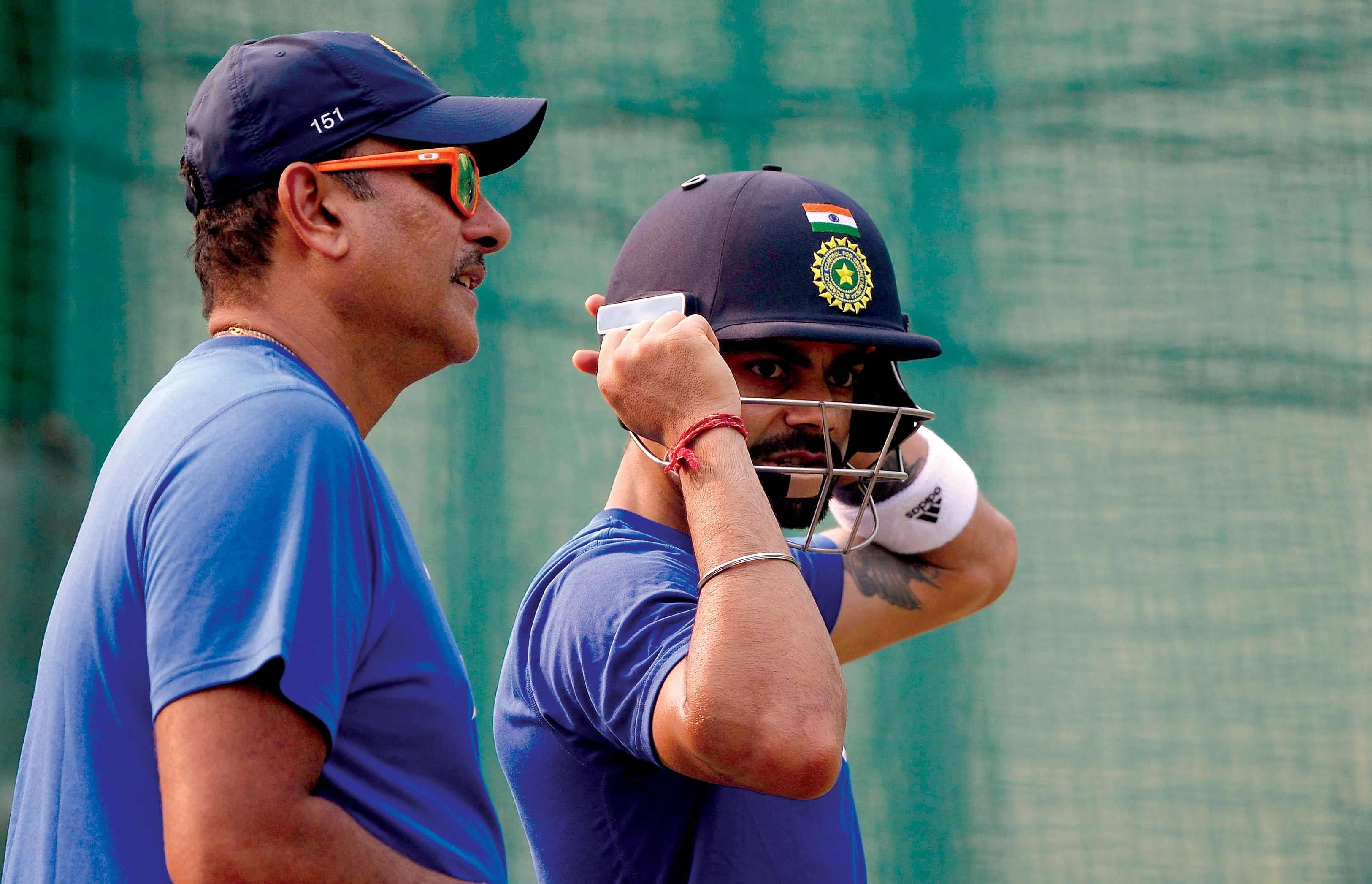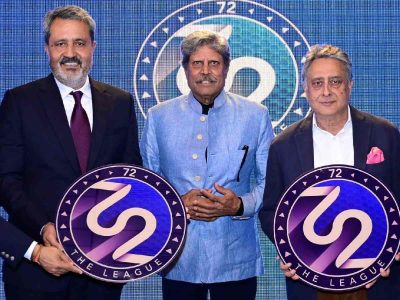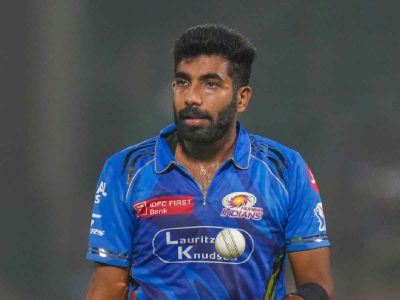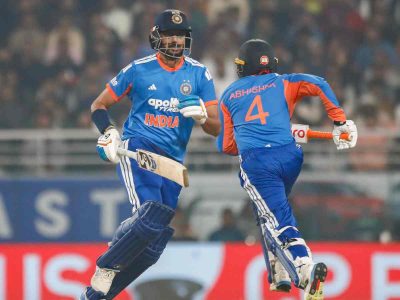The Indian batting faltered on a sluggish wicket, and somehow managed to score a below par 148 in their 20 overs. At the end of the match, it was Bangladesh who emerged victorious as they chased down the target with four balls to spare. This was the first time that they beat India in T20, in nine attempts.
Yes, the pitch was on the slower and sluggish side, and the ball was stopping before it came to the bat, as is the case with the pitch of the Arun Jaitley stadium. Even our spinners fared well, but the defeat was not just a one-off and it showed the major weaknesses that are currently present in the Indian t20 setup.
As a matter of fact, India- who are currently the number 1 Test side and number 2 ODI side in the world- stand at a dismal fifth position in the ICC T20 rankings. So, what is the major problems for the men in blue in the shortest format of the game in spite of having the most lucrative and influential T20 league in the world?
Patriot attempts to find answers
Sluggish top order
Perhaps the biggest problem for the Indian team in the T20 is their top order, or rather the way they approach the innings.
Shikhar Dhawan in particular has had quite the dismal run in recent T20s. In 2019, he has scored at a strike rate of 109.35, which is extremely below par considering the format. This, comes from a batsman who is advertised as a big hitter of the ball. In ODI cricket he has been an asset because of his approach to play the long innings, build from the start and smash when he is set. In T20 however, he needs to go slam bang.
In a longer T20 format in the IPL, Dhawan’s statistics prove he is not cut out to be the aggressive opener that he is expected to be. Dhawan had a strike rate of 136 in the 16 matches he played for the Delhi Capitals, whereas it should have been 150+
Simply put, Dhawan lacks the ability to go all out aggressive in the first few overs in the T20 format, as he needs time to get his eyes set and go for the kill. This, however, should not be a problem at all. But if we look at the other top order batsmen, Rohit Sharma and Virat Kohli, too score at a strike rate of not more than 130.
So what we essentially have are three similar players in the top order, players who can go deep and play the long innings, but not someone like Aaron Finch or Jos Butler who can just come in and smash the ball to all parts of the park. Indian top order batsmen have the strategy to play deep, get in the ones and twos in the early stages and then unleash themselves in the death.
This however, falters when Rohit Sharma goes out early, as was the case against Bangladesh. The absence of Virat Kohli too hurt the batting, and Dhawan could not convert the start he had into something big, scoring 41 runs from 42 balls. As a result, India couldn’t put on enough runs on the board.
Statistically speaking India has lost all of the last five T20s where they have batted first. India definitely need to take a look at their batting strategy come the World cup in Australia where they need some big hitting at the top.
The middle muddle
India’s middle order in T20 seems a little unsettled as of now. In the last match against Bangladesh, Shreyas Iyer came out at four and Rishabh Pant at five. But what was astonishing to note is that both didn’t play their natural game.
Iyer, who is more of a stroke player and likes to play the ball on the ground, started tonking the ball the second he stepped foot on the crease. He did manage to connect a few handsome blows but failed to play a long innings, being dismissed for just 22.
On the other hand, you had Rishabh Pant, a swashbuckling left hander who plays at a strike rate of more than 150 in the IPL, playing for singles and cheekily finding gaps.
First if the plan was to send a big hitter at four to complement Dhawan’s cautious approach, Pant should have come in or even debutante Shivam Dube could have come in and hit a few.
This decision making shows India’s lack of a solid middle order, packed with batsmen who can play their roles to the tee. Krunal Pandya and Ravindra Jadeja are perfect for the lower order. The absence of the other Pandya brother, Hardik due to injury is another cause for concern for the middle order, and if he will return to action before the World Cup remains to be seen
It is not that India doesn’t have the arsenal at his disposal. It is the fact that that the management have failed to implement their execution in the T20 format. The approach with which India bat is more suited to ODI and you see the men in blue every now and then scoring more than 300 runs.
But in T20, the approach towards batting should be more aggressive and flamboyant.
Khaleel not firing
The pace department in Tests and ODIs are an asset to Team India. Considered one of the greatest attacks of all time, the battery has single-handedly won matches for the men in blue.
But the T20 bowling unit seems to be lacking in some capacity particularly the ability of the left arm pacer Khaleel Ahmed.
Dubbed a T20 specialist bowler, the left armer has consistently failed to impress in the shortest format. Even against Bangladesh, Ahmed conceded four consecutive boundaries in the penultimate over from Mushfiqur Rahim which cost India the match. Ahmed has been brought in the squad but has failed to deliver performances. His economy rate is close to nine per over, which is absolutely very expensive.
If they want to give youth a chance, India need to test Navdeep Saini who is a much more promising talent and had managed to scalp four wickets in his debut against the West Indies.
If India need to do well in the upcoming T20 World Cup in Australia, they need to rethink strategies so that they can come up good and triumph the world like they do in ODI and test matches.





